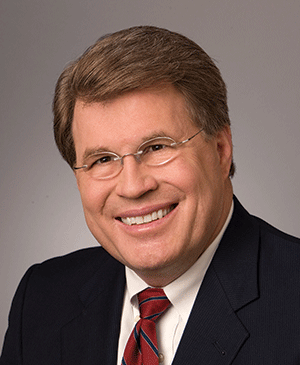Post-PHE: Grandfathering patients, continuing telehealth and using EUA devices

By Liz Beaulieu, Editor
Updated 9:56 AM CST, Fri February 10, 2023
 YARMOUTH, Maine – Now that there’s an end date, industry watchers are waiting for CMS to publish guidance on patients who providers set up during the public health emergency and who they will bill for beyond the PHE.
YARMOUTH, Maine – Now that there’s an end date, industry watchers are waiting for CMS to publish guidance on patients who providers set up during the public health emergency and who they will bill for beyond the PHE.
President Joe Biden announced in February that the PHE will end May 11, 2023.
“We need to be grandfathered in,” said Jeff Baird, chair of the Health Care Group at Brown & Fortunato during a Feb. 2 webcast. “We don’t want post-PHE audits to come in and to impose overpayments and recoupments on us based on decisions we made following CMS’s guidance during the PHE. We can’t have that double standard. We think CMS will agree with us.”
Baird says AAHomecare’s Regulatory Council has been “working constantly” with CMS on this issue.
Andrea Stark, a Medicare consultant and reimbursement specialist for MiraVista, who co-hosted the webcast with Baird, agrees that patients who received oxygen and continuous glucose monitors under the waivers and flexibilities in place during the PHE should be protected.
“Now that we have an end date, suppliers can remain confident that they can continue to use these waivers until May 11 – they are perfectly acceptable,” she said during the webcast. “And services billed with pandemic service dates will always have those protections, even when the pandemic ends.”
Baird and Stark also offered up their thoughts on the continued use of telehealth beyond the PHE. Congress has already extended the flexibilities around telehealth through Dec. 31, 2024, and Baird and Stark think “it will be hard to put the genie back in the bottle” even after that.
“I don’t see that ever backtracking,” Baird said.
“The question is whether CMS will do that voluntarily through rule making or will they require Congress to get involved to force that hand,” Stark said.
One issue still sort of stumps Baird and Stark, however: What will happen to devices, like CPAP devices and vents, that have been approved through Emergency Use Authorization (EUA) when the PHE ends?
“I don’t think you’ll have to go back (and provide a different device) if it was previously done,” Stark said. “The question is, can we keep providing those devices on new set ups after May 11? I suspect we’ll see additional government regulations for a wind down (of that).”
Following the webcast, Stark determined that EUAs are not pegged to the PHE but to another declaration, section 564 of the Federal Food, Drug and Cosmetic Act. An end date for that declaration has not been announced, but a proposed published transition plan indicated manufacturers would be given 180-day advance notice.
The webcast, “2023 Look Ahead for DME Suppliers,” is now available on demand.
Comments